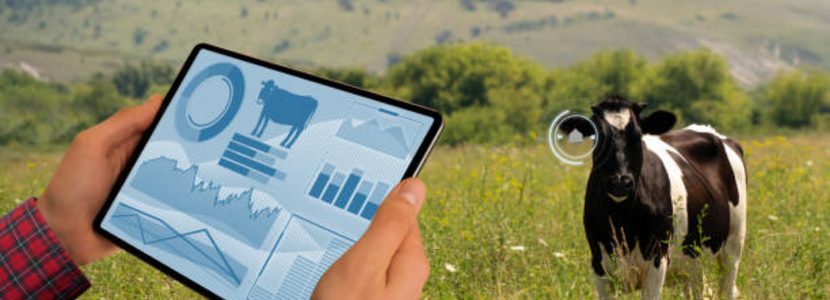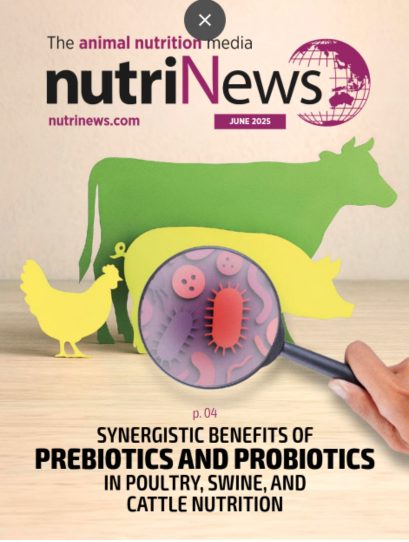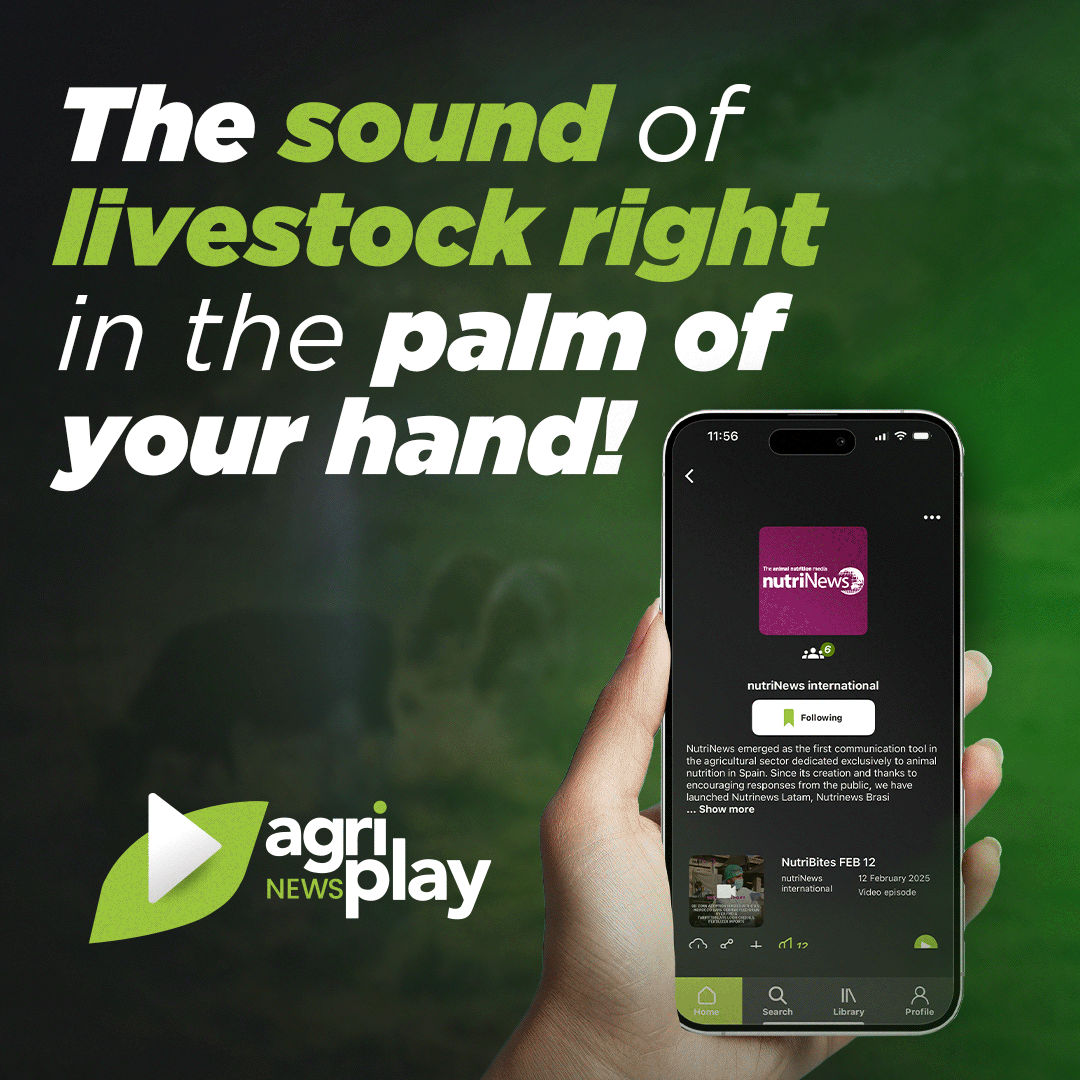(MODNUT) WORKSHOP ON MODELING NUTRIENT DIGESTION AND UTILIZATION IN FARM ANIMALS

Mathematical modeling is a technique essential to understand intricate problems or situations like we observe in animal nutrition. When multiple factors can affect a response in so many different ways, it is difficult to estimate the responses. Modeling tries to simplify reality to integrate the main interactions. It has been used in animal nutrition for over 100 years to determine nutritional requirements for almost all species, create decision support systems to make decisions, teach, and integrate scientific information. However, despite its importance and application, currently, there are few learning opportunities to receive training in modeling principles in animal nutrition.
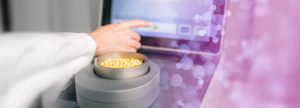
The MODNUT workshops started in 1979 when animal researchers and mathematical modelers worldwide
proposed a workshop to discuss the integration of their respective fields and share their most recent findings. Thus,
a premier event named the “Workshop on Modeling Nutrition Digestion and Utilization in Farm Animals” (MODNUT) was held in Hurley, the United Kingdom.
Five years later, Drs. Lee Baldwin and Tony Bywater coordinated the second MODNUT in Davis, California. Since then, researchers from all across the globe have gathered quinquennially at this very fruitful scientific forum to discuss the application of modeling across multiple disciplines of animal science.
Since it started, MODNUT has been held across the world in locations such as:
- New Zealand in 1989; coordinated by
Drs. Bruce Robson and Dennis Poppi - Denmark, 1994; coordinated by Dr.
Allan Danfaer - South Africa, 1999; coordinated by
Dr. F. Richardson - Netherlands, 2004; coordinated by
Drs. Jan Dijkstra, André Bannink and
Walter Gerrits - France, 2009; coordinated by Dr.
Daniel Sauvant - Australia, 2014; coordinated by Dr.
Dennis Poppi - Brazil, 2019; coordinated by Dr. Izabel Teixeira.
From September 18th to 21st, the 10th MODNUT was held in Alghero, Sardinia, Italy, organized by Dr. Antonello Cannas. A total of 112 participants gathered in Sardinia, while 35 were online, from those participants, 32% were students. Participants came from 19 countries, including Italy (48%), the United States (29%), France (11%), Canada (11%), and Brazil (11%). 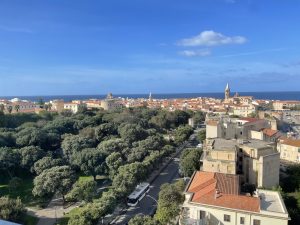
The program included lectures, short communications, poster presentations, networking activities, and a formal workshop. Ninety-eight abstracts were received, and a Supplement of the the Peer-reviewed and Indexed Journal Animal is being prepared with the papers presented.
The workshop is divided into six sessions grouped by monogastric, ruminants, or strategic topics. Each session has one invited presentation and short communications selected for each topic. Great amount of interesting information for all session was also presented as posters.
 The first session was related to nutrient intake, digestion, utilization, and metabolism.Dr. Aline Remus delivered the main presentation from Agriculture and Agri-Food Canada. Dr. Remus presented One size does not fit all: opportunities and challenges in models applied to sustainable pig precision nutrition.
The first session was related to nutrient intake, digestion, utilization, and metabolism.Dr. Aline Remus delivered the main presentation from Agriculture and Agri-Food Canada. Dr. Remus presented One size does not fit all: opportunities and challenges in models applied to sustainable pig precision nutrition.
The following short communications were related:
- The SNAPIG is a model to study nutrient digestion and absorption kinetics in growing pigs based on diet and ingredient properties.
- The DyNAMPig Model to model the fasting substrate conversion for energy utilization in growing pigs using within-day kinetics.
- A conceptual agent-based model for the prediction of optimal nutrient utilization during the grow-finish phase for precision feeding of swine
- The mechanistic model of dietary phosphorus and calcium fate in growing broilers.
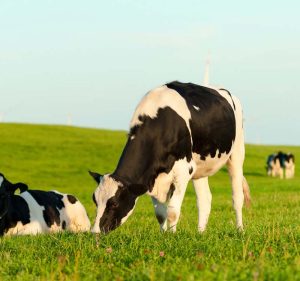
The second session, Livestock and the environment related to Ruminants, was introduced with the talk The Ruminant Farm Systems Project presented by Dr. Kristan Reed from Cornell University. The short communications included:
- Between-cow response variation to methane mitigation feeding strategies
- Models of enteric methane emission and nitrogen excretion by sheep and cattle: recommendations for the UK national greenhouse gas inventory.
- Global sensitivity analysis of empirical enteric methane emissions models for silvopastoral systems.
- The competitiveness of bioenergy by-products in optimized livestock diet formulation.
The third session was related to the future of modeling feeding systems. Dr. Mark Hanigan from Virginia Tech gave the introductory presentation Lessons for the development of the NASEM 2021 dairy protein model. The short communications were:
- Evaluation of NASEM 2021 model predictions of dry matter intake and performance of dairy cows consuming fresh ryegrass-based diets.
- Predictions of body mineral content in gilts from mating to the first parturition: evaluation of different requirement models.
- An overview of data-driven and mechanistic modeling approaches of performance and sustainability in poultry.
- Infection by Eimeria maxima changes the efficiency of utilization but not the maintenance requirement of broiler chickens fed balanced protein diets from 14 to 28 days of age.
- Using segmentation techniques to determine changing points in animal requirements during the fattening period to improve feed efficiency of dairy crossbred beef bulls.
- A revised model of heat production by growing sheep.
- Modeling feed intake and milk yield depression in dairy cows under heat stress.
- Application of feeding behavior as a method to predict individual steer feed intake.
- Predicting dairy cow-pen dry matter intake distribution for precision nutrition modeling.
- Evaluation of the NASEM 2021 dairy nutrient requirements model in lactating dairy cows fed diets with differing predicted absorbed amino acid efficiencies.
- Modeling the response of milk yield and milk composition to dietary changes in dairy cows using a machine learning algorithm.
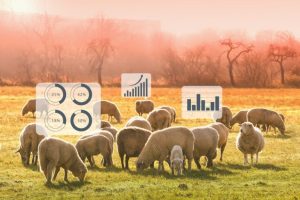
The fourth session was related to Nutrient intake, digestion, utilization, and metabolism in Ruminants. Dr. Rafael Muñoz-Tamayo from Agro Paris Tech presented Towards the next generation of rumen microbiome models for enhancing predictive power and guiding sustainable production strategies. Short communications were:
- Implement a synchrony index in Cornell Net Carbohydrates and Protein System for diet evaluation in lactating cows.
- Sensitivity analysis of a mechanistic model of the in-vitro rumen fermentation: Study of the impact of 3 sampling methods on Sob indices of acc-ray.
- Prediction models of reticulorumen kinetics of particles and solutes in oats.
- A mechanistic model to predict the post-ruminal flow of cobalamin.
- Predicting fiber digestibility in Holstein dairy cows fed dry-hay based rations.

The fifth session was on Modeling methodology and contaminations. Dr. Luis Tedeschi gave the invited presentation Building mathematical models with confidence by choosing the appropriate modeling paradigm. The short communications selected for oral presentations were:
- Comparison of imputation methods for missing production data in dairy cattle
- An operational thinking approach to model heat stress accumulation in dairy cows during a heatwave event.
- Nutritional protocols to increase marbling precursors in Nellore cattle: effects on ruminal fermentation and blood metabolites.
- Milk losses due to mastitis in Holstein dairy cows: a modeling approach.
- Predictive equations to detect the incidence of feedlot bloat in finishing cattle in individual cattle management systems.
- Effects of breed growth rate and dietary lipid concentration on lipophilic contaminant accumulation into growing cattle: insight from a physiologically-based toxicokinetic model.
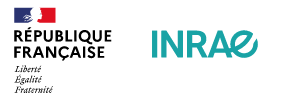 The sixth session was related to Livestock and the environment, monogastric. The invited presentation was Modelling nutrition and management in swine production systems to reduce their environmental impacts from a life cycle perspective, presented by Dr. Florence Garcia-Launay from PEGASE INRAE. Three short communications were discussed in this session:
The sixth session was related to Livestock and the environment, monogastric. The invited presentation was Modelling nutrition and management in swine production systems to reduce their environmental impacts from a life cycle perspective, presented by Dr. Florence Garcia-Launay from PEGASE INRAE. Three short communications were discussed in this session:
- Integration of life cycle assessment into a mechanistic pig growth model to determine on-farm environmental footprint.
- Evaluating low crude protein diets for fattening pigs using two life cycle assessment models.
- Feeding growing pigs for maximum profit does not always minimize greenhouse gases.
A satellite course was offered. The first session of the Course was on the modeling process in nutrition from mind to math. This included talks on Non-linear thinking; Credibility, evaluation, and testing of dynamic simulation models; Integrating real-time precision livestock data into dynamic models using R. The second part was Methodology to develop nutritional models. It included Non-linear parameter estimation with SAS and R, Statistical graphics, interactive visualization, and computer vision in animal science.
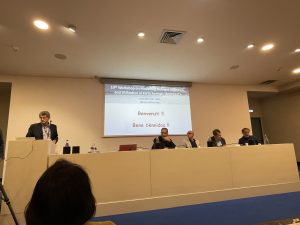
The next MODNUT is expected to be held in Rostock, Germany in 2025 together with the ISEP. We hope the interest in learning and applying modeling techniques and employing models in animal nutrition will increase in the following years. The application of big data and data analytics should boost and enhance modeling, integrating mechanistic models with data generated in commercial operations.
Source: This report was drafted by Edgar O. Oviedo-Rondón. Co-corresponding author for NutriNews International. Professor of Broiler Nutrition and Management at the Prestage Department of Poultry Science, North Carolina State University.

